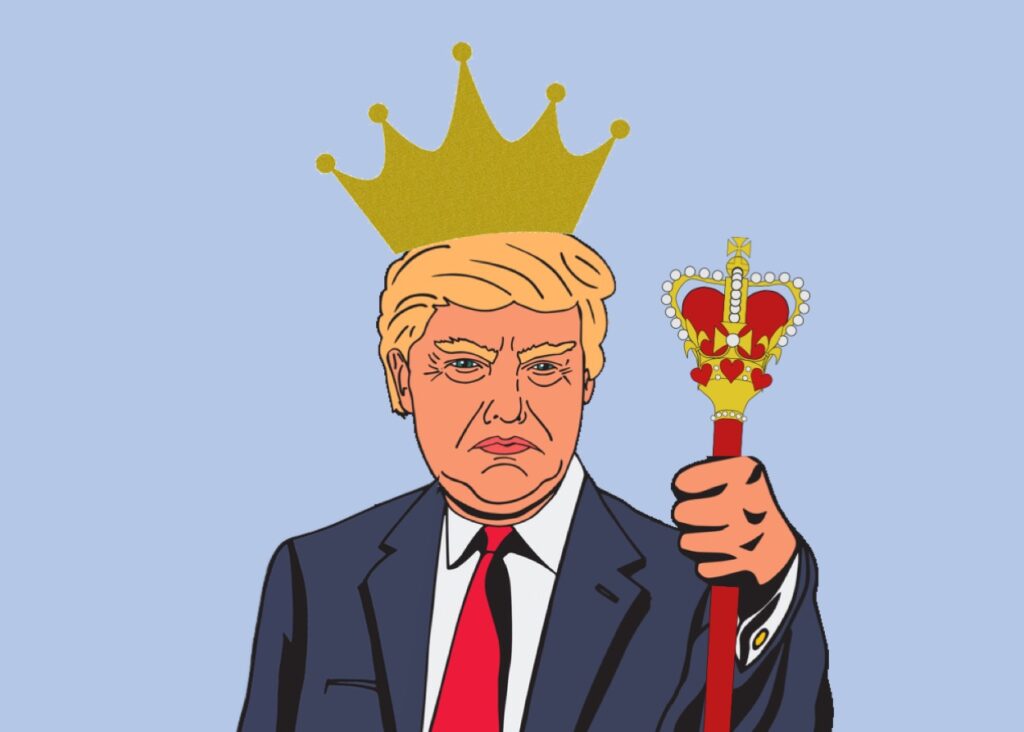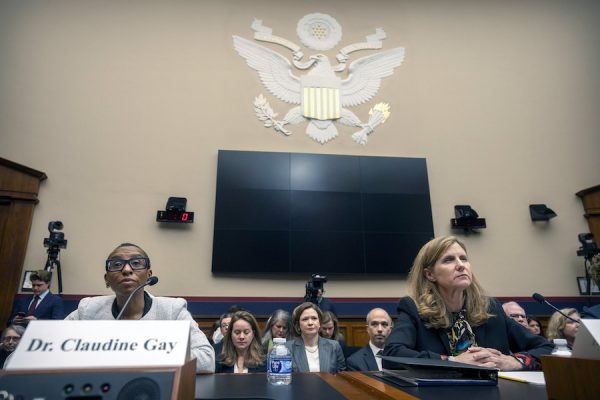When the Supreme Court issued its decision in Trump v. Hawaii—the “Muslim ban” case—a firestorm of protest erupted. The authors of the majority opinion stand accused of racism, xenophobia, overturning (while also reinstating) the infamous Korematsu decision—which ordered Japanese Americans into internment camps during WWII regardless of citizenship—Islamophobia, and hatred of foreigners. Sotomayor’s dissent accused the majority of abandoning the United States’s exceptional constitutional commitment to religious liberty.
The outrage on the left that focuses on religion and race misses the possibility that the decision gets the law right, and the law itself is the problem.
Let’s be clear how we got here. U.S. law gives the executive almost unlimited power at the border. This is the underlying condition that made this decision possible. The Court’s decision is not about religion. It is also not about race. It is about the imperial presidency in relation to immigration law and policy; specifically, the expansion of the power of the president—not the judiciary—to control the nation’s borders in the name of national security.
The outrage on the left that focuses on religion and race misses the possibility that the decision gets the law right, and the law itself is the problem. It risks diverting attention from the need for checks on presidential power and the realities of politics on the border.
The travel bans may or may not have been motivated by racial and religious animus—assigning causation in such matters is hard. But even if we assume that anti-Muslim animus was a motivating factor—a fair assumption given the president’s behavior—a strong case can be made that assessing motivation for the orders falls beyond the purview of the Court’s authority. This is what the majority held.
As legal scholar Leah Litman observed in the Times, “The majority interpreted the executive branch’s broad authority over immigration to forbid the courts to meaningfully scrutinize the president’s motives.” Litman’s account of the decision is clear: “the majority invoked a set of legal rules that limit the ability of the federal courts to assess decisions related to immigration, and specifically, determinations about who may enter the United States. These rules have their roots in century-old decisions embracing the ‘plenary-power doctrine,’ which gives the political branches, and in recent times the president in particular, something of a blank check over immigration matters.”
This decision should be a wake-up call for Americans concerned with unchecked presidential power and the expansion of the national security state. Since the founding, the U.S. president has exercised extraordinary authority in the realm of foreign relations, national security, and immigration.
This authority was briefly checked during the Watergate era but the congressional framework then put in place to advise and constrain presidential conduct has eroded since the 1970s, as Andrew Rudalevige argues in his book The New Imperial Presidency (2006). Similarly, Peter M. Shane describes this as the era of “aggressive presidentialism.”
Since 9/11, unlimited presidential powers have been unleashed in the name of national security. As Jeet Heer explains:
Whatever limits there might have been on presidential power ended with 9/11. After President George W. Bush delivered a stirring speech in the weeks after the attack, presidential historian Michael Beschloss cheered on television that “the imperial presidency is back. We just saw it.” Under the auspices of the unitary executive theory promulgated by Vice President Dick Cheney, the U.S. entered the era of warrantless wireless searches, the kidnapping and torture of terrorist suspects held indefinitely in secret prisons, and an undefined and undeclared global war on terror.
The border is an especially dark place under this administration, but Trump v. Hawaii is a reminder that border politics are violent regardless of who is in charge, that institutionalized discrimination is the product of U.S. law and an international nation-state system based on sovereign claims to land. Border politics comes with the territory.
Far from being invented by Trump, discriminatory treatment of non-nationals is a product of state sovereignty. It is the law as enacted by Congress and is not exclusive to this administration. This is not new.
A dishearteningly long list of groups designated as less-than-human or as threats to the nation have suffered—the Japanese during World War II, the Chinese in the early twentieth century, those perceived as “terrorists” today—not to mention the alleged “internal threats” to national security and the U.S. way of life, including Native Americans, communists, Puerto Rican nationalists, African-Americans, and others.
Discriminatory treatment of immigrants is not exclusive to this administration. It is the law as enacted by Congress.
But as Aziz Huq observed, the Court’s decision this week “entrenches a basic division in the constitutional law of discrimination: Those challenging public order policies—in the policing, immigration, and national security—will obtain no relief from the Courts.”
An angry, demagogic backlash against the Court may make us feel righteous but will not address the grave institutional challenges facing the U.S. political and legal system. Trump’s cruelty at the border shines a bright light on the massive expansion of presidential power in the name of national security and the broadening of “security” to encompass almost everything under the sun.
The president, that “thermonuclear monarchy” as Elaine Scarry put it, has too much power. In confirming this, the Hawaii decision inadvertently helps us see its tragic costs.








